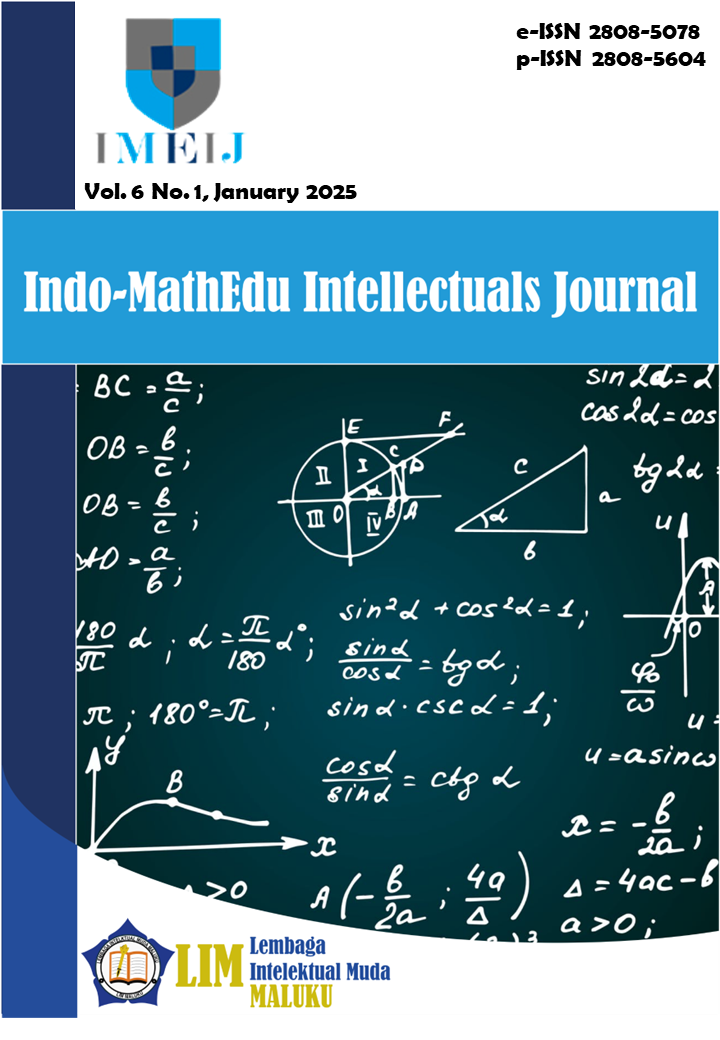Islamisasi Tari Zapin: Transformasi Estetika dan Spritualitas dalam Seni Tari Melayu
Main Article Content
Abstract
This study aims to analyze the Islamization of Zapin dance, viewed from the aspects of aesthetic and spiritual transformation in Malay dance art. This research is a literature study, with data collection methods conducted through a literature review using Google Scholar as the primary source, as well as books and other relevant materials related to the research object. The data analysis technique includes the following stages: Problem Identification, Literature Collection, Literature Filtering, and finally, Data Tabulation and Analysis. Based on the results and discussion, the Zapin dance is a traditional art form rooted in the history of Islamization in the Nusantara, particularly among the Malay community. Beyond providing entertainment, it serves as a medium for Islamic preaching, reflecting the aesthetic and spiritual ideals of Islam. The Zapin dance has undergone significant changes over time, with its lyrics and movements being modified to align more closely with Islamic principles. For instance, the Arabic letters alif sembah and bunga alif pusing form the basis of movements symbolizing obedience to Allah. Furthermore, the artistic elements of the Zapin dance emphasize elegant and harmonious movements, which reflect beauty and simplicity. In addition to enjoying its visual grandeur, the community also derives important moral and spiritual lessons from the Zapin performance

